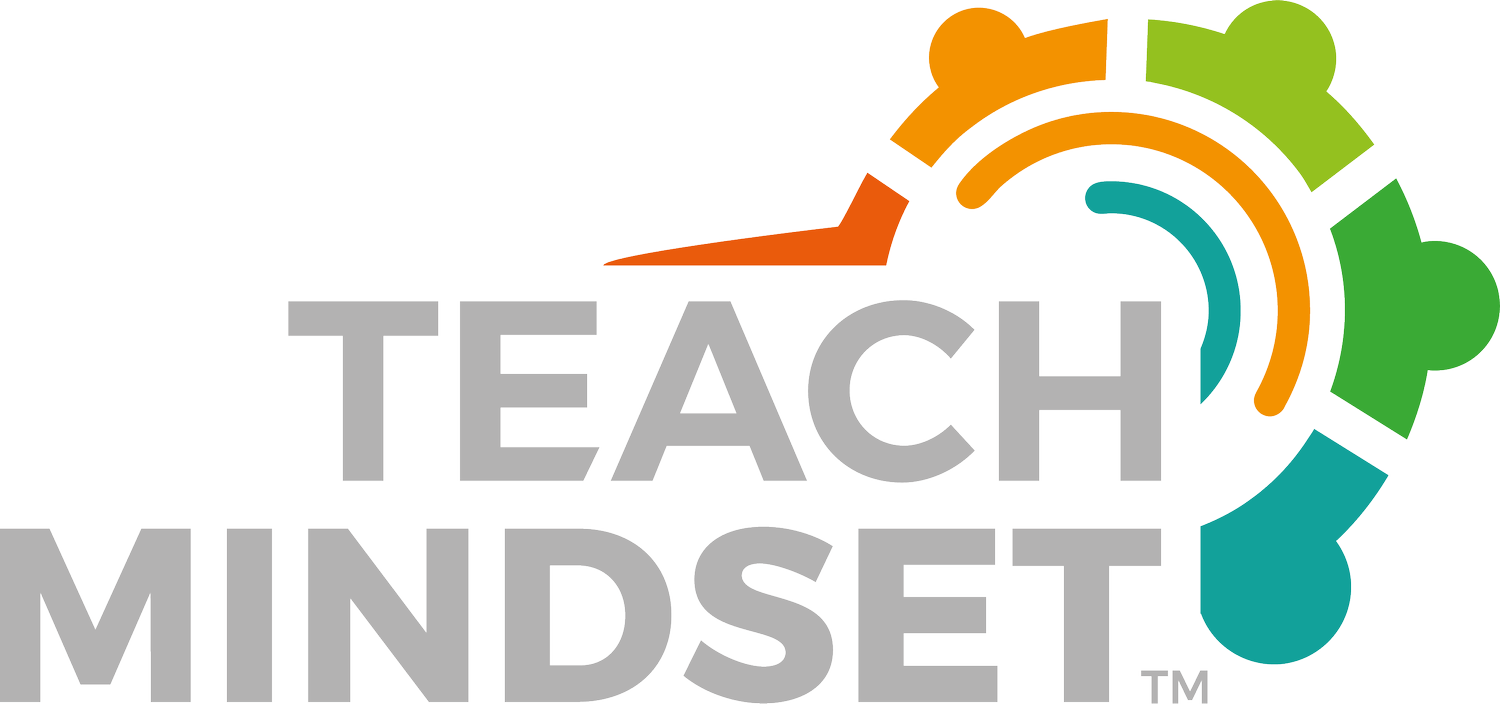Effective Classroom Assessment
One of the most significant gaps in teacher professional development is as in the analysis & design of assessment. By improving your confidence in this area, you can reduce your reliance on textbooks or other materials. Creating your own assessment strategy for your topics will eliminate the need to reinvent the wheel or just copying something someone else has done.
In a balanced classroom assessment system, both summative and formative assessments are an integral part of information gathering. In this article, we will focus on formative assessment.
Formative Assessment
Formative pencil–paper assessment gives students the opportunity to respond individually to short formative assessments of skills and knowledge taught in the lesson.
Practical formative assessment encourages students reflecting on learning and assess it that can help learners improve their work.
Formative assessment helps teachers and students identify the gaps in their understanding and knowledge. There is a strong link between teachers questioning and learner understanding. Spending time helping learners ask better questions and of course, the questions you use in class to gauge understanding all make a huge impact. In our own in service training, we provide a lot of focus our discussions to challenge teachers to consider how to improve their questioning. Think – open-ended questioning with good wait times before you jump in and give the answer. Strategies such as think-pair-share or a single focused quiz question can be useful.
Key though is how you use preassessment so that you are testing the knowledge that learners already arrive in class with. Are you harnessing the knowledge and skills that learners arrive with at the start of class? By making incorrect assumptions of what learners know already bring, you risk getting the level of challenge wrong. Pitch too high and learners confidence becomes dented, risking them to become disengaged. The opposite is also true -if you get the level of challenge too low, you risk boredom and apathy setting in. You will recoup your time spent planning for effective preassessment by having learners who want more challenge.
Low stakes testing
What can you do to get a quick snapshot of learner understanding? This can be done easily even by using whiteboard activities to check quickly understanding across the class.
If you want to test your assumptions about what your learners know and understand polls and quizzes can help. For example, using Gimkit, Plickers, Quizalize, Flipquiz, Quizle; Socrative that can help you get a better sense of their understanding. The advantage that using these tools is that they give instantaneous feedback.
Exit tickets can be very useful. Encouraging learners to give a response to a particular topic or concept you have been working on. Exit tickets can also be helpful for soliciting feedback. Try to encourage learners to reflect not just on what they are thinking they know and understand but also what their gaps are. Although not precise, asking learners to identify this can be helpful in self evaluation and help you glean valuable insight.
Checking for misconceptions and the common pitfalls on the topic you are covering. Having a hazzard board on display in class can be useful for this so that learners can see the common mistakes others make. This makes normalising making mistakes good and helpful when encouraging learners to share their work.
Remember to build in opportunities for learners to reflect on the progress they are making. We are trying to give them the right feedback in good time. We want our learners to set goals for improving their work which helps increase their motivation and interest and ownership of their own learning. Peer instruction and peer assessment can also play a great role to consolidate learning by encouraging learners to teach each other.
Keeping working hard to use a greater variety of individual and whole class strategies. By varying your assessment methods you can differentiate with confidence.
